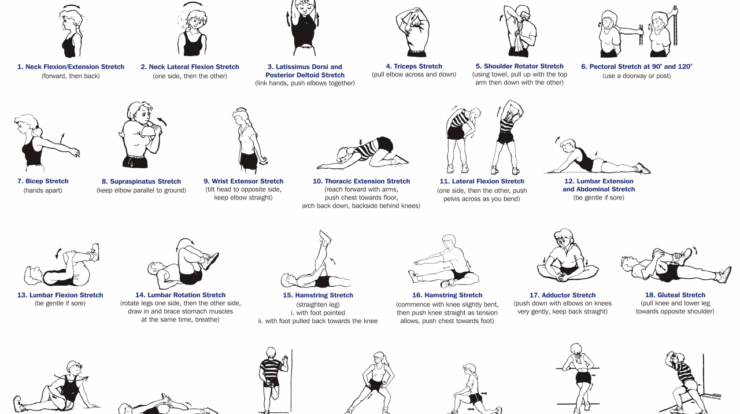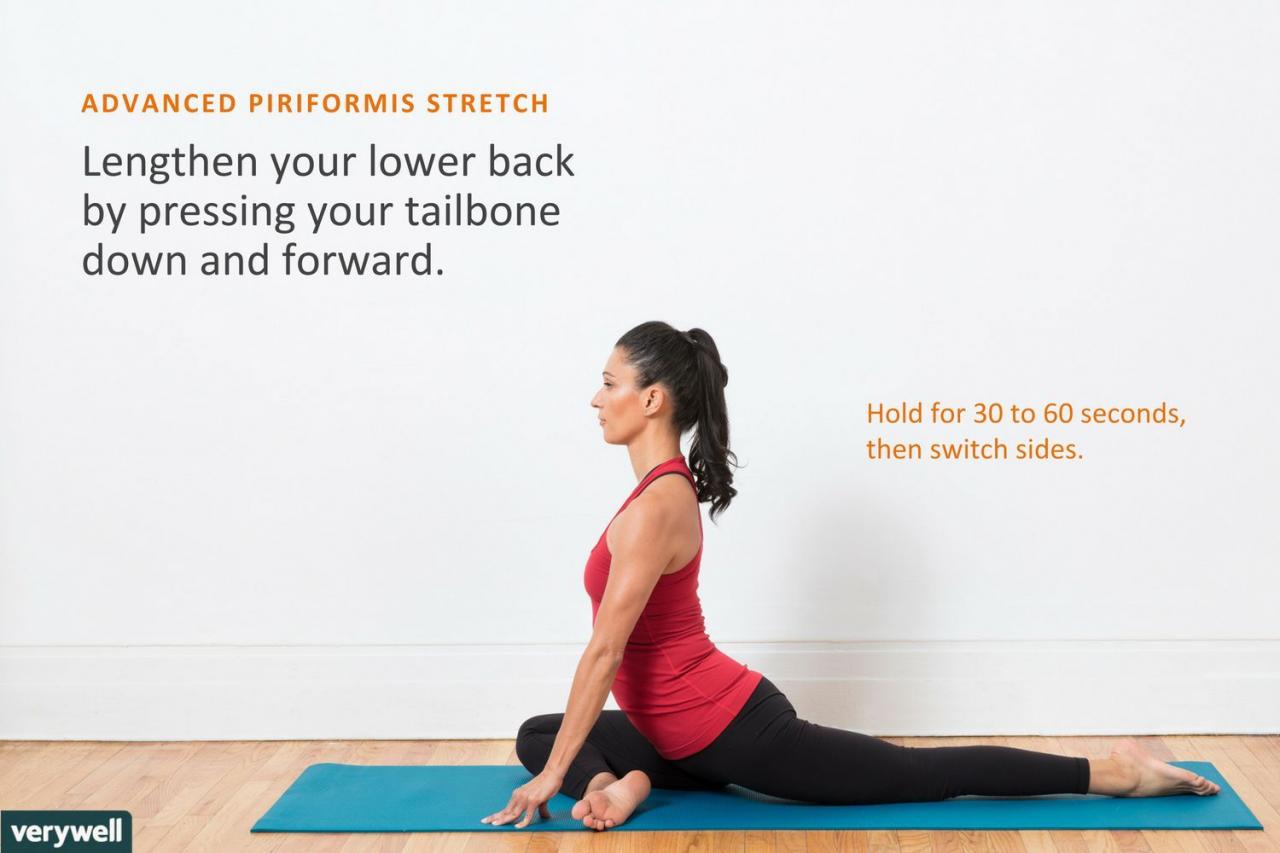
Explain why regular exercise is the best way to prevent flexibility issues. – Regular exercise stands as the most effective solution to prevent flexibility issues, offering a comprehensive approach that addresses the underlying causes and delivers lasting benefits. Join us as we delve into the compelling evidence that solidifies regular exercise as the cornerstone of flexibility maintenance.
For pregnant women, Mother’s Day can be a bittersweet time. While they are excited about the arrival of their new baby, they may also be feeling overwhelmed by the responsibilities of motherhood. A happy mother’s day to a pregnant woman can be a reminder that they are not alone and that there is a community of people who support them.
Regular exercise encompasses a wide range of physical activities that promote flexibility, such as dynamic stretching, yoga, Pilates, and strength training. These exercises work synergistically to enhance range of motion, reduce muscle tension, and improve joint mobility.
Introduction to Regular Exercise

Regular exercise is a key component of a healthy lifestyle and can have numerous benefits for flexibility. Flexibility refers to the range of motion around a joint and is essential for everyday activities, athletic performance, and overall well-being. Engaging in regular exercise can improve flexibility by enhancing muscle elasticity and reducing joint stiffness.Different
types of exercises contribute to flexibility, including:
- Stretching: Involves lengthening muscles through static or dynamic movements.
- Range of motion exercises: Focus on moving joints through their full range of motion.
- Dynamic flexibility exercises: Combine movement and stretching to improve flexibility while preparing for specific activities.
Impact of Regular Exercise on Flexibility
Regular exercise has been shown to have a positive impact on flexibility through several mechanisms:
- Increased muscle elasticity: Exercise helps to lengthen and strengthen muscles, making them more pliable and less prone to tightness.
- Reduced joint stiffness: Exercise promotes the production of synovial fluid, which lubricates joints and reduces friction.
- Improved neuromuscular coordination: Exercise helps to improve communication between muscles and nerves, leading to smoother and more efficient movements.
Stretching and other flexibility exercises play a crucial role in maintaining range of motion. By regularly stretching muscles, you can help prevent them from shortening and becoming tight, which can restrict joint mobility.
Benefits of Regular Exercise for Flexibility, Explain why regular exercise is the best way to prevent flexibility issues.
Improved flexibility can enhance various aspects of daily life and athletic performance:
- Enhanced mobility: Increased flexibility allows for easier movement and improved performance in activities such as reaching, bending, and twisting.
- Improved posture: Flexible muscles help to support the spine and maintain good posture, reducing the risk of back pain and other musculoskeletal issues.
- Better balance and coordination: Flexibility exercises improve proprioception, the body’s ability to sense its position in space, leading to better balance and coordination.
- Reduced risk of injuries: Flexible muscles are less likely to tear or strain, reducing the risk of injuries during exercise or daily activities.
- Alleviation of chronic pain: Flexibility exercises can help reduce pain caused by tight muscles, such as lower back pain or neck pain.
Considerations for Regular Exercise and Flexibility
To incorporate flexibility exercises into a regular exercise routine, follow these guidelines:
- Start gradually: Begin with short, gentle stretches and gradually increase the duration and intensity as flexibility improves.
- Warm up properly: Warm up before stretching to prepare muscles for movement and reduce the risk of injury.
- Cool down properly: Stretch after exercise to help muscles relax and recover.
- Listen to your body: Pay attention to any pain or discomfort and stop if necessary.
- Stay hydrated: Proper hydration is essential for maintaining muscle flexibility.
Comparison to Other Flexibility Methods
Regular exercise is an effective and comprehensive approach to improving flexibility, but it can be complemented by other flexibility methods:
- Yoga: Yoga combines stretching, breathing exercises, and meditation to improve flexibility and overall well-being.
- Pilates: Pilates focuses on core strength, flexibility, and balance through controlled movements.
- Stretching alone: While regular exercise provides a well-rounded approach to flexibility, stretching alone can also be beneficial for improving range of motion.
The best approach to improving flexibility depends on individual needs and preferences. Regular exercise can provide a foundation for flexibility, while other methods can complement and enhance the results.
For those who have lost their mothers, happy heavenly mother’s day mom is a way to honor their memory and keep their love alive. Even though they may not be physically present, the bond between a mother and child is eternal.
Conclusion

Incorporating regular exercise into your routine empowers you to maintain optimal flexibility throughout your life. Embrace the transformative power of movement and unlock the full potential of your body’s flexibility. Start today and experience the remarkable benefits that regular exercise has to offer.
FAQ Section: Explain Why Regular Exercise Is The Best Way To Prevent Flexibility Issues.
Why is regular exercise crucial for flexibility?
Mother’s Day is a time to celebrate and appreciate the love and sacrifices of mothers everywhere. From happy mother’s day greetings to happy mothers day wishes , there are countless ways to express our gratitude for the women who have shaped our lives.
Whether it’s a heartfelt letter or a special gift, a simple “I love you” can mean the world to a mother.
Regular exercise promotes flexibility by enhancing muscle elasticity, improving joint range of motion, and reducing muscle tension.
How often should I exercise to improve flexibility?
In some cultures, it is customary to say happy mother’s day in vietnamese . This is a beautiful way to show appreciation for mothers who come from different backgrounds and speak different languages.
Aim for at least 30 minutes of moderate-intensity exercise most days of the week, incorporating exercises that target all major muscle groups.
What types of exercises are most effective for flexibility?
Dynamic stretching, yoga, Pilates, and strength training are excellent choices for improving flexibility.






